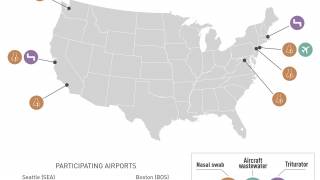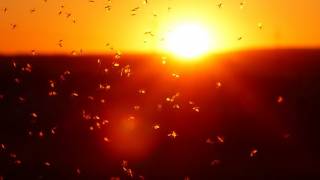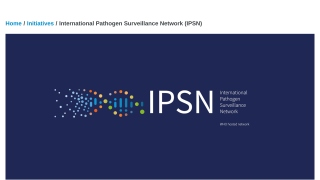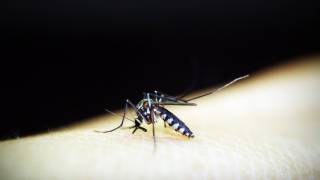Will Alberta Bring Infectious Disease Back to the Third-Coast?
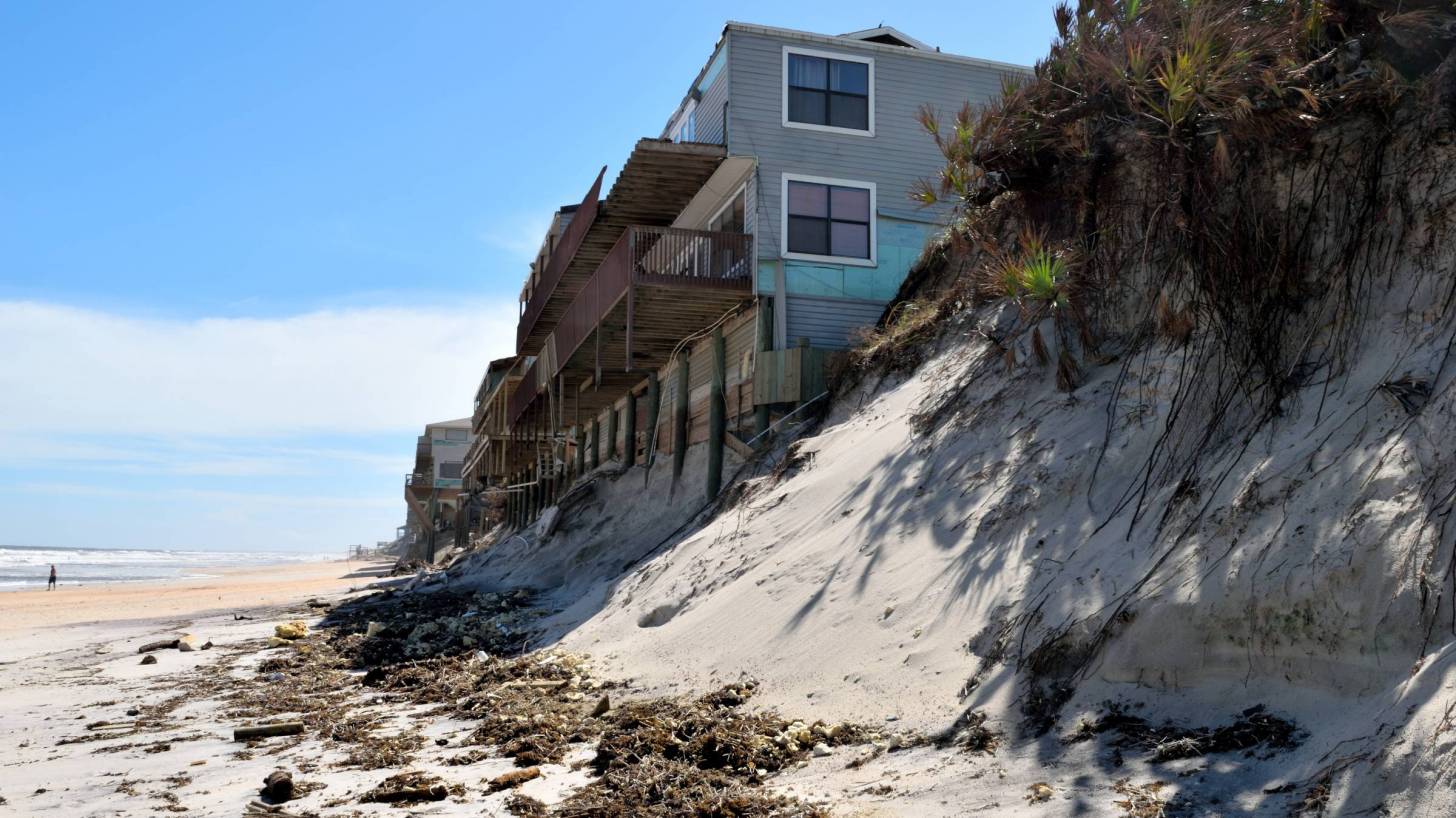
According to weather forecasters, the subtropical storm Alberta will soon reach the Gulf Coast border states.
Besides upsetting Memorial Day holiday plans, Alberta may bring un-welcomed visitors back to the Third-Coast.
Over the past decades, Gulf Coast storms have empowered the spreading of neglected tropical diseases (NTDs), such as West Nile, Chagas, Chikungunya, Typhus and Dengue viruses to thrive, says Peter Jay Hotez, M.D., Ph.D., from the Baylor College of Medicine and US Congresswomen Shiela Jackson Lee in a recent study.
NTDs impair physical and cognitive development, and can contribute to mother and child illnesses and death, says the Centers for Disease Control and Prevention (CDC).
Further analysis by Dr. Hotez and Congresswomen Lee reveals that up to 4 million of the 60 million people living in 5 Gulf Coast states; Texas, Louisiana, Mississippi, Alabama, and Florida, are affected by at least 1 NTD.
Also, there are concerns about the possible return of West Nile virus to the USA.
West Nile virus (WNV) was first isolated in the West Nile District of Uganda in 1937. The disease was carried by mosquito-infected migratory birds from Africa, spreading the virus throughout Europe and into Russia.
During 2017, 47 states and the District of Columbia reported 2,002 West Nile cases to the CDC.
Of these cases, 67 percent were classified as neuroinvasive diseases, such as meningitis or encephalitis. The case fatality rate in patients with neuroinvasive illness ranges from 4% to 14% and up to 15–29% in patients over 70 years old.
West Nile first emerged along the Gulf Coast in Texas during 2002.
During 2014 in Houston, Texas, 139 WNV cases and 2 deaths were reported by the CDC. Additionally, 1,286 WNV-positive mosquito pools were confirmed, the most reported in a single mosquito season.
Since there is not a vaccine that prevents West Nile virus, the best way to protect yourself is by preventing mosquito bites, says the CDC.
Relevant to NTDs spreading, environmental changes such as rainfall patterns, flooding, and warmer temperatures are promoting the emergence of both parasitic infections and arbovirus infections from mosquitoes.
This study says new mapping data indicate that population densities of the mosquito Aedes aegypti, which is the leading arthropod vector transmitting viruses, are highest on the Gulf Coast area, relative to other regions of the continental US.
Among this study’s proposed action items is the establishment of a US government interagency task force to confirm the incidence of NTDs on the Gulf Coast, the level of autochthonous transmission, and to launch programs to determine the emergence of NTDs.
Today, NTDs represent some of the most important and outstanding health disparities in the US.
With sufficient political commitment at the federal, state, and local level, we can make a dramatic impact on suffering and poverty, concluded Dr. Hotez and Congresswomen Lee.
Our Trust Standards: Medical Advisory Committee






